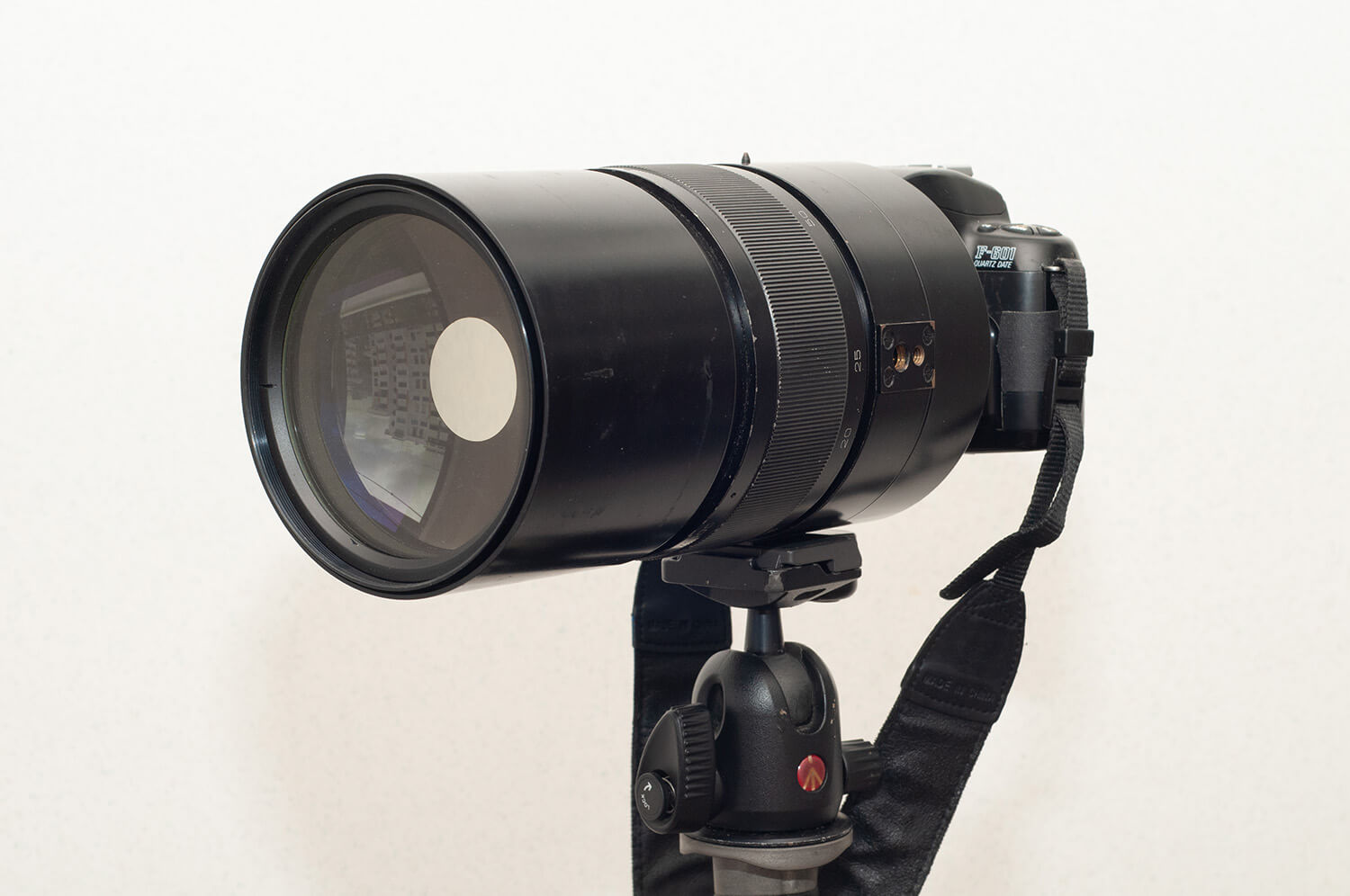More than ten years ago, I came across a book entitled “Birds in Our Midst” by Chew Yen Fook published in 1991. This book is a photo essay about the birds in Singapore. Of course, in 1990s all photos were taken with film cameras equipped with manual focus lenses. I revisited this book recently and I was amazed by the possibility of getting good bird photographs using cameras without today’s current technologies such as extremely high ISO, very fast autofocus, bird and eye AF tracking capability, high frame rates, and other advanced technologies which facilitate birders to get good bird photographs. Back then in the 1990s, in order to get good photos with decent details, Chew used ISO 100 slide films shot at box speed or pushed one stop. In poor lighting conditions, for example, under dense foliage, the shutter speed at f/4 might drop to below 1/10s for ISO 200 film, making it difficult to shoot with ISOs of 200 or lower. Nevertheless, Chew was still able to deliver good bird images under unfavorable conditions.
Chew has inspired me to try bird photography with film. In this project, I used consumer print film, Fujifilm Superia X-TRA 400. The lens I used was LZOS MC MTO-11CA 1000mm f/10, a Russian mirror lens with Maksutov optical design, mounted on a Nikon F601QD camera.

You may be thinking of mirror lens is a type of lens known for its donut bokeh, lack of sharpness and contrast, sensitive to camera shake, fixed and small apertures…you are right, it’s that kind of lens. Chew Yen Fook captured some excellent images with the same mirror lens, I would like to try and see the outcome.
I scanned the color negative with an Olympus OM-D E-M1 camera equipped with micro-Nikkor 55mm f2.8 AIS + extension tube. The raw files were then converted to positive images using Photoshop CC 2020 with Grain2Pixel plugin. All photos below were cropped because the birds were quite faraway; they were far from frame filling.





As you can see, the photos turned out quite well, I was happy with the results. The photos were grainy due to ISO 400 print film is inherently being not a fine grain film, enlargement of small part of the 35mm frame also amplifies the graininess of the film.
Still, I was pleased to see that the mirror lens able to deliver sharp images, especially images of oriental pied hornbill (Anthracoceros albirostris) and striated heron (Butorides striata).
For me, shooting birds with film is just for fun, I will stick with digital camera for bird photography because the performance of digital cameras is greatly superior to film camera in this respect.
~ Wenhong
Submit your 5 Frames… today
Get your own 5 Frames featured by submitting your article using this form or by sending an email via the contact link at the top of the page.
Share your knowledge, story or project
The transfer of knowledge across the film photography community is the heart of EMULSIVE. You can add your support by contributing your thoughts, work, experiences and ideas to inspire the hundreds of thousands of people who read these pages each month. Check out the submission guide here.
If you like what you’re reading you can also help this passion project by heading over to the EMULSIVE Patreon page and contributing as little as a dollar a month. There’s also print and apparel over at Society 6, currently showcasing over two dozen t-shirt designs and over a dozen unique photographs available for purchase.








2 responses to “5 Frames… Of birds on a 1000mm lens and Fujifilm Superia X-TRA 400 (35mm format / EI 400 / Nikon F601QD + LZOS MC MTO-11CA 1000mm f/10) – by Wenhong”
Nice pictures, doing it the old way. Birds are not my usual subject matter, when I did go on a tour of a bird sanctuary I used my 300mm lens and Portra 800 pushed one stop. Got one or two acceptable shots, must try again with my Russian mirror lens!
Portra 800 push one stop would be grainy, losing details of the birds. Digital camera technology helps us to take cleaner and higher resolution bird photos, event at ISO1600 or higher. It is undeniable that digital camera is far superior in wildlife photography. However, like I mentioned in the article, shooting birds with film, albeit with limitations, is a enjoyable process. I am using digital camera technology to process the color negative. Most of the photos above were heavily cropped, camera scan was able to extract the details of the film (resolution approximately at 7500 dpi for some frames), consumer flatbed scanner is not capable to scan at such high resolution.